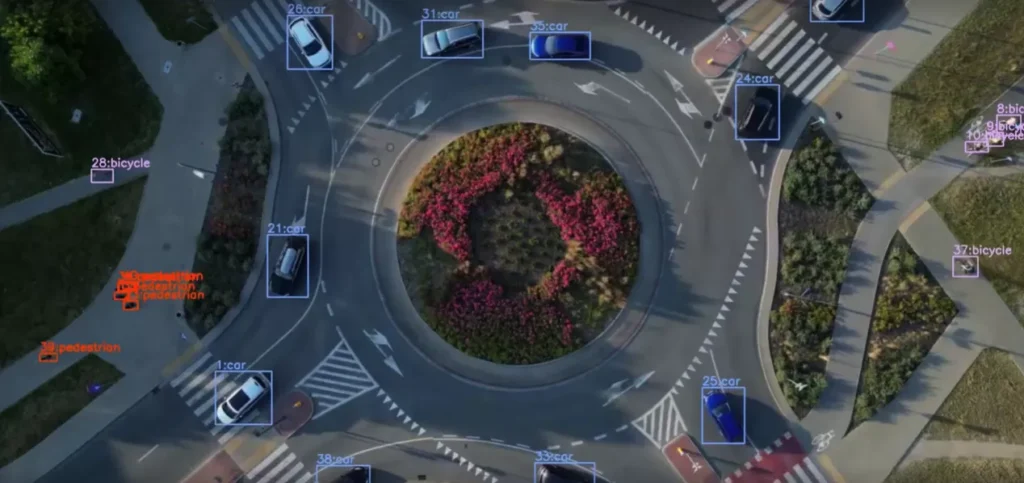


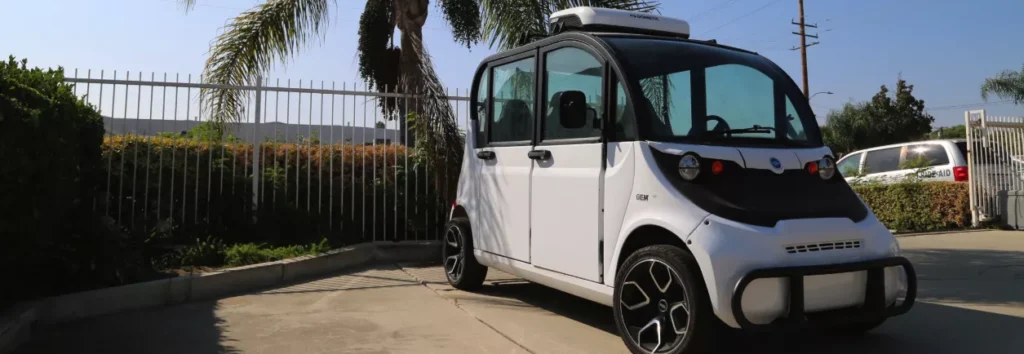
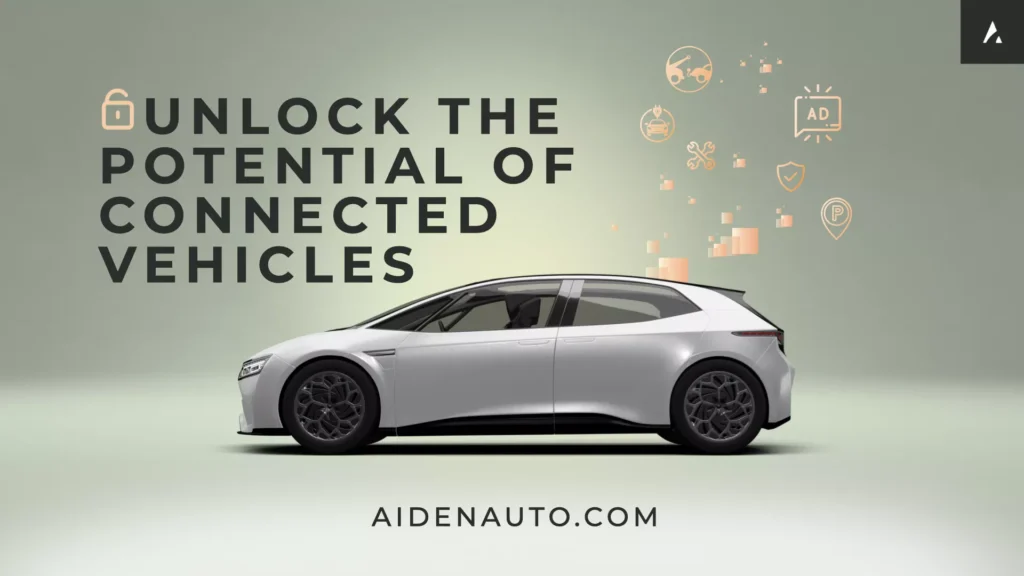





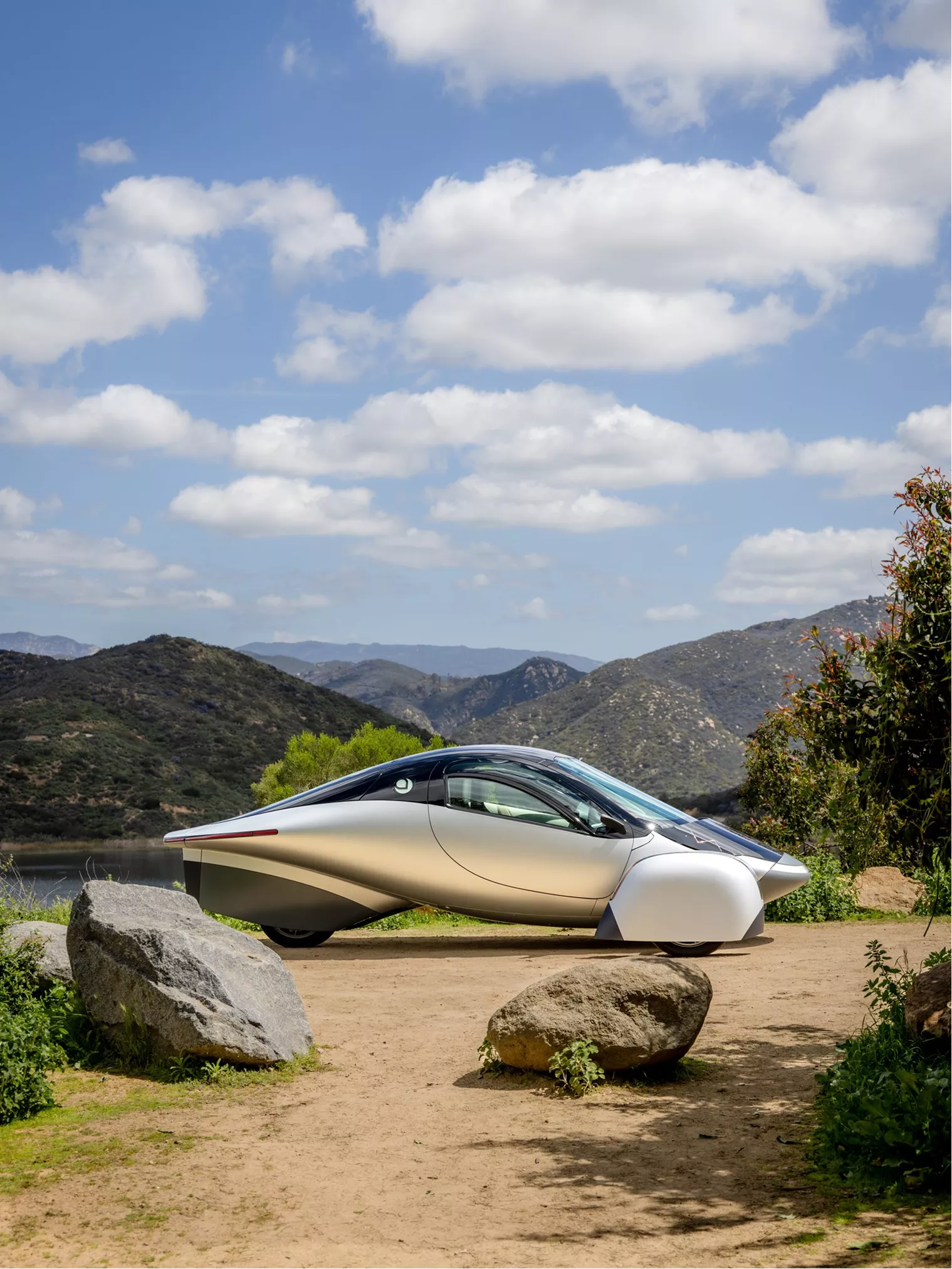
From EVs and batteries to autonomous vehicles and urban transport, we cover what actually matters. Delivered to your inbox weekly.
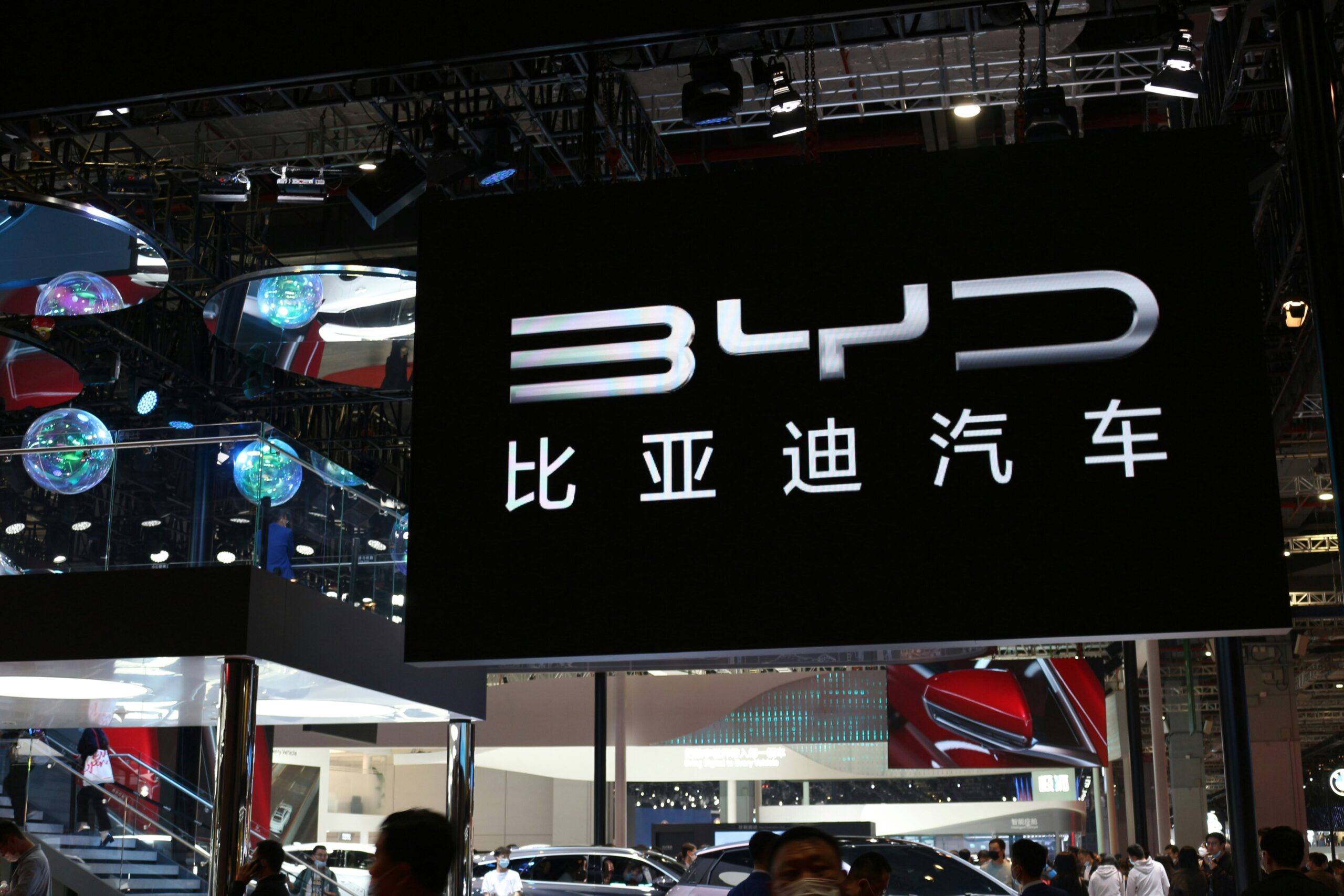
BYD’s commercial EV momentum is picking up speed just as its passenger car division faces mounting pressure. The company’s electric bus sales jumped 128.5% year-over-year in July, reaching 610 units—more than double the 267 it delivered a year earlier. And buses aren’t the only bright spot: non-bus commercial EV sales rose 101.7%, totaling 2,656 units for the month.
While China’s passenger EV market is showing signs of saturation—with price wars compressing margins and competition at a peak—BYD’s commercial play is gaining real traction. Through the first seven months of 2025, the company’s commercial vehicle sales surged 552.6% compared to the same stretch in 2024. July marked BYD’s sixth-strongest month for electric bus deliveries since early 2023.
Passenger EVs still dominate BYD’s sales volume, but the segment is facing a tougher operating environment. Meanwhile, commercial EVs—ranging from buses to light-duty trucks—are benefiting from more stable business-to-business demand backed by policy, cost pressures, and a firmer value proposition.
Commercial demand also gives BYD more room to operate. Pricing tends to be steadier, contracts longer, and forecasting more predictable. That allows for better factory utilization of BYD’s vertically integrated supply chain, particularly in batteries and drivetrains.
As commercial sales grow their share of BYD’s overall EV mix, the company is likely to lean harder into fleet-centric products where unit economics are clearer and demand is less volatile. It’s a hedge, but also a signal. For the industry at large, BYD’s pivot underscores a broader turn: while consumer EV demand cools in saturated markets, commercial electrification is gaining steam—with economics on its side.